Home>Gardening & Outdoor>Landscaping Ideas>How To Plant Winter Rye Grass Seed
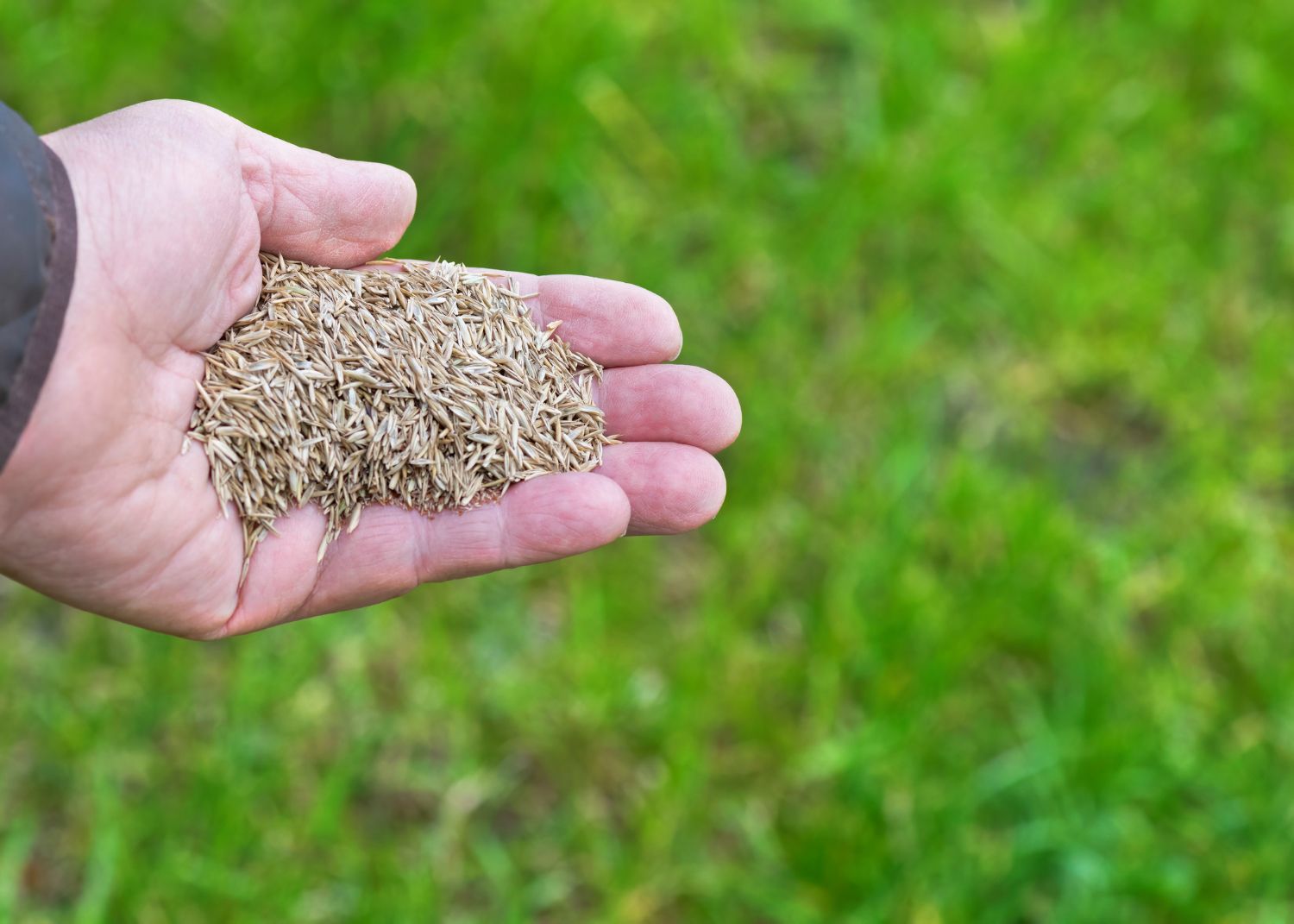

Landscaping Ideas
How To Plant Winter Rye Grass Seed
Modified: February 18, 2024
Learn how to plant winter rye grass seed for a lush, green lawn this season with our expert landscaping ideas. Get tips and step-by-step guidance.
(Many of the links in this article redirect to a specific reviewed product. Your purchase of these products through affiliate links helps to generate commission for Storables.com, at no extra cost. Learn more)
Introduction
When the chilly winds of winter start to blow, and the landscape loses its lush green hue, many homeowners find themselves longing for the vibrant, verdant lawns that adorned their yards during the warmer months. The arrival of winter doesn't have to signal the end of your lawn's visual appeal, though. With the right approach, you can ensure that your outdoor space remains a source of beauty and tranquility throughout the colder season.
One effective way to maintain a visually appealing lawn during winter is by planting winter rye grass seed. This resilient and versatile grass variety can thrive in the cooler temperatures, providing a lush, green carpet that revitalizes the outdoor aesthetic. In this comprehensive guide, we will delve into the intricacies of planting winter rye grass seed, from selecting the right type to nurturing its growth. By the end, you'll be equipped with the knowledge and confidence needed to transform your yard into a picturesque winter wonderland. So, roll up your sleeves and get ready to discover the secrets of cultivating a stunning winter lawn with winter rye grass seed.
Key Takeaways:
- Planting winter rye grass seed can keep your lawn lush and green during winter. Choose the right type, prepare the soil, and provide proper care for a picturesque winter wonderland.
- To cultivate a thriving winter lawn, select the right winter rye grass seed, prepare the soil diligently, and provide attentive care. Embrace the beauty of nature even in the frosty embrace of winter.
Read more: When To Plant Winter Rye Grass In Texas
Choosing the Right Type of Winter Rye Grass Seed
Before embarking on your winter rye grass planting journey, it’s crucial to select the most suitable type of seed for your specific needs. Winter rye grass comes in various varieties, each with its own unique characteristics and growth requirements. To make an informed decision, consider the following factors when choosing the right type of winter rye grass seed:
- Climate Compatibility: Assess the climate in your region to determine the most compatible winter rye grass variety. Some types thrive in colder climates, while others are more resilient in milder winter conditions. Understanding your local climate will help you select a seed variety that can withstand the temperature fluctuations and precipitation levels typical of your area.
- Intended Use: Evaluate the intended use of the winter rye grass. Are you planting it solely for visual appeal, or do you also require it to withstand foot traffic and other forms of activity? Certain varieties are specifically designed for ornamental purposes, while others are more durable and suitable for high-traffic areas.
- Growth Rate: Consider the growth rate of different winter rye grass varieties. If you’re aiming for rapid establishment and coverage, opt for a fast-growing type. Conversely, if you prefer a more controlled and manageable growth pattern, a slower-growing variety may be the better choice.
- Soil Compatibility: Assess the composition and quality of your soil to determine which winter rye grass variety is best suited for your specific soil conditions. Some varieties exhibit greater adaptability to varying soil types, while others have more specific soil requirements.
By carefully considering these factors, you can make an informed decision when selecting the right type of winter rye grass seed. This thoughtful approach will lay a solid foundation for successful growth and ensure that your winter lawn flourishes in accordance with your preferences and environmental conditions.
Preparing the Soil for Planting
Before sowing the winter rye grass seed, it’s essential to prepare the soil meticulously to create an optimal environment for germination and growth. Proper soil preparation sets the stage for robust root development and ensures that the grass receives the necessary nutrients for healthy proliferation. Follow these steps to prepare the soil effectively:
- Clearing Debris: Begin by clearing the designated planting area of any debris, such as rocks, branches, and weeds. This initial step creates a clean canvas for the subsequent soil preparation activities and prevents potential impediments to the grass’s growth.
- Soil Testing: Conduct a soil test to assess its pH levels and nutrient composition. This analysis will provide valuable insights into any deficiencies or imbalances that need to be addressed before planting. Based on the test results, you can determine the necessary amendments, such as lime or fertilizer, to optimize the soil conditions for winter rye grass cultivation.
- Tilling the Soil: Utilize a garden tiller or a hand tool to till the soil to a depth of a few inches. This process helps loosen compacted soil, improves aeration, and facilitates the incorporation of soil amendments. It also creates a friable texture that is conducive to seed germination and root establishment.
- Adding Organic Matter: Enhance the soil’s fertility and structure by incorporating organic matter, such as compost or well-rotted manure. Organic amendments enrich the soil with essential nutrients, improve moisture retention, and foster a favorable environment for microbial activity, benefiting the overall health of the winter rye grass.
- Leveling the Surface: After amending the soil, level the surface using a rake to create a uniform and smooth planting bed. An even surface promotes consistent seed coverage and facilitates uniform water distribution during the initial watering stages.
By diligently preparing the soil for planting, you establish a nurturing foundation for the winter rye grass seed, setting the stage for successful germination and vigorous growth. This preparatory phase significantly contributes to the long-term health and vitality of your winter lawn, ensuring that it flourishes with resilience and beauty.
For best results, plant winter rye grass seed in the late summer or early fall. Prepare the soil by tilling and removing debris, then spread the seed evenly and lightly cover with soil. Keep the soil moist until the grass is established.
Planting Winter Rye Grass Seed
As the soil stands primed and ready, it’s time to embark on the pivotal phase of sowing the winter rye grass seed. This process demands precision and care to facilitate successful germination and establish a robust foundation for the grass’s growth. Follow these essential steps to ensure optimal planting of winter rye grass seed:
- Appropriate Timing: Select the most suitable time for planting winter rye grass seed, considering the climatic conditions in your region. Aim to sow the seeds when the soil temperature hovers within the recommended range for germination, typically in the early fall or late winter, depending on your location. This strategic timing maximizes the seed’s potential for successful establishment and growth.
- Seed Distribution: Utilize a seed spreader or broadcast the winter rye grass seed manually across the prepared soil surface. Ensure even distribution to promote uniform coverage and prevent overcrowding, which can impede the grass’s development. Following the recommended seeding rate specified for the chosen variety is crucial for achieving the desired density of grass coverage.
- Seed Depth: Gently rake the soil after seeding to cover the winter rye grass seed to the appropriate depth. The recommended planting depth varies depending on the specific variety, so refer to the seed packaging or relevant guidelines for precise instructions. Adequate soil coverage shields the seeds from external elements and fosters favorable conditions for germination.
- Watering: After planting, thoroughly water the seeded area to facilitate the initial stages of germination. Ensure that the soil remains consistently moist but not waterlogged, as excessive moisture can impede seed viability and lead to fungal issues. Regular, light watering in the absence of rainfall supports the emergence of healthy seedlings.
- Monitoring and Care: Keep a close eye on the seeded area, monitoring the soil moisture levels and the emergence of seedlings. Protect the newly planted seeds from disturbances and adverse weather conditions, providing the necessary care to nurture their development into a flourishing winter lawn.
By following these meticulous steps, you lay the groundwork for the successful establishment of winter rye grass, fostering a verdant and resilient lawn that enhances the winter landscape with its lush greenery.
Caring for Winter Rye Grass
Once the winter rye grass has taken root and begun its journey towards lush maturity, it requires attentive care to ensure its sustained health and vibrancy. Proper maintenance practices play a pivotal role in nurturing the grass to its full potential, enhancing the visual appeal of your outdoor space throughout the winter season. Here are essential care guidelines to uphold the vitality of your winter rye grass:
- Watering: During periods of insufficient rainfall, provide supplemental watering to sustain the moisture levels essential for the grass’s growth. Aim for deep, infrequent watering sessions to encourage robust root development and minimize surface evaporation. However, exercise caution to prevent overwatering, which can lead to fungal diseases and root suffocation.
- Mowing: Maintain an appropriate mowing height to promote the health and density of the winter rye grass. Adjust the mower to achieve the recommended mowing height for your specific grass variety, ensuring that you do not remove more than one-third of the grass blade length in a single mowing session. Regular mowing encourages lateral growth and prevents the grass from becoming excessively tall and prone to lodging.
- Fertilization: Supplement the soil with a balanced fertilizer formulated for winter rye grass to provide essential nutrients for sustained vigor. Follow the recommended fertilization schedule, applying the fertilizer at the appropriate rates to support the grass’s nutritional requirements without inducing excessive growth or environmental stress.
- Weed Control: Vigilantly monitor the lawn for the presence of weeds and implement targeted control measures to prevent their encroachment. Utilize herbicides specifically designed for winter rye grass to combat invasive weeds while safeguarding the health of the grass and surrounding vegetation.
- Disease and Pest Management: Stay vigilant for signs of disease or pest infestations, promptly addressing any issues to prevent their escalation and minimize potential damage to the winter rye grass. Implement preventive measures and, if necessary, utilize appropriate treatments to protect the grass from detrimental pathogens and pest activity.
By conscientiously adhering to these care practices, you can foster a thriving and visually captivating winter lawn adorned with the resilient beauty of winter rye grass. With dedicated attention and thoughtful maintenance, your outdoor space will exude an enchanting allure even amidst the frosty embrace of winter.
Conclusion
As the winter season unfolds, the prospect of cultivating a vibrant and verdant lawn might seem like a distant dream. However, with the invaluable insights provided in this guide, you are well-equipped to transform that dream into a reality by planting winter rye grass seed. By carefully selecting the right type of seed, preparing the soil with diligence, and nurturing the grass with attentive care, you can revel in the sight of a thriving winter lawn that defies the dreariness often associated with the season.
Embrace the opportunity to infuse your outdoor space with the resilient beauty of winter rye grass, creating a picturesque backdrop for seasonal gatherings and moments of tranquil contemplation. The lush greenery of a well-maintained winter lawn not only elevates the visual allure of your property but also serves as a testament to your dedication to cultivating natural splendor even in the midst of winter’s chill.
As you embark on this enriching journey of winter lawn cultivation, remember that the process is not merely about nurturing the grass; it’s about nurturing an enduring connection with nature and the ever-changing tapestry of the seasons. Embrace the therapeutic rhythm of caring for your winter lawn, and revel in the transformative power of witnessing nature’s resilience firsthand.
So, roll up your sleeves, gather your gardening tools, and embark on this gratifying endeavor with the confidence that you possess the knowledge and insight to cultivate a stunning winter lawn with winter rye grass seed. As you witness the landscape transform into a vision of lush green splendor, may it serve as a testament to the harmonious coexistence of nature’s beauty and human stewardship.
Frequently Asked Questions about How To Plant Winter Rye Grass Seed
Was this page helpful?
At Storables.com, we guarantee accurate and reliable information. Our content, validated by Expert Board Contributors, is crafted following stringent Editorial Policies. We're committed to providing you with well-researched, expert-backed insights for all your informational needs.
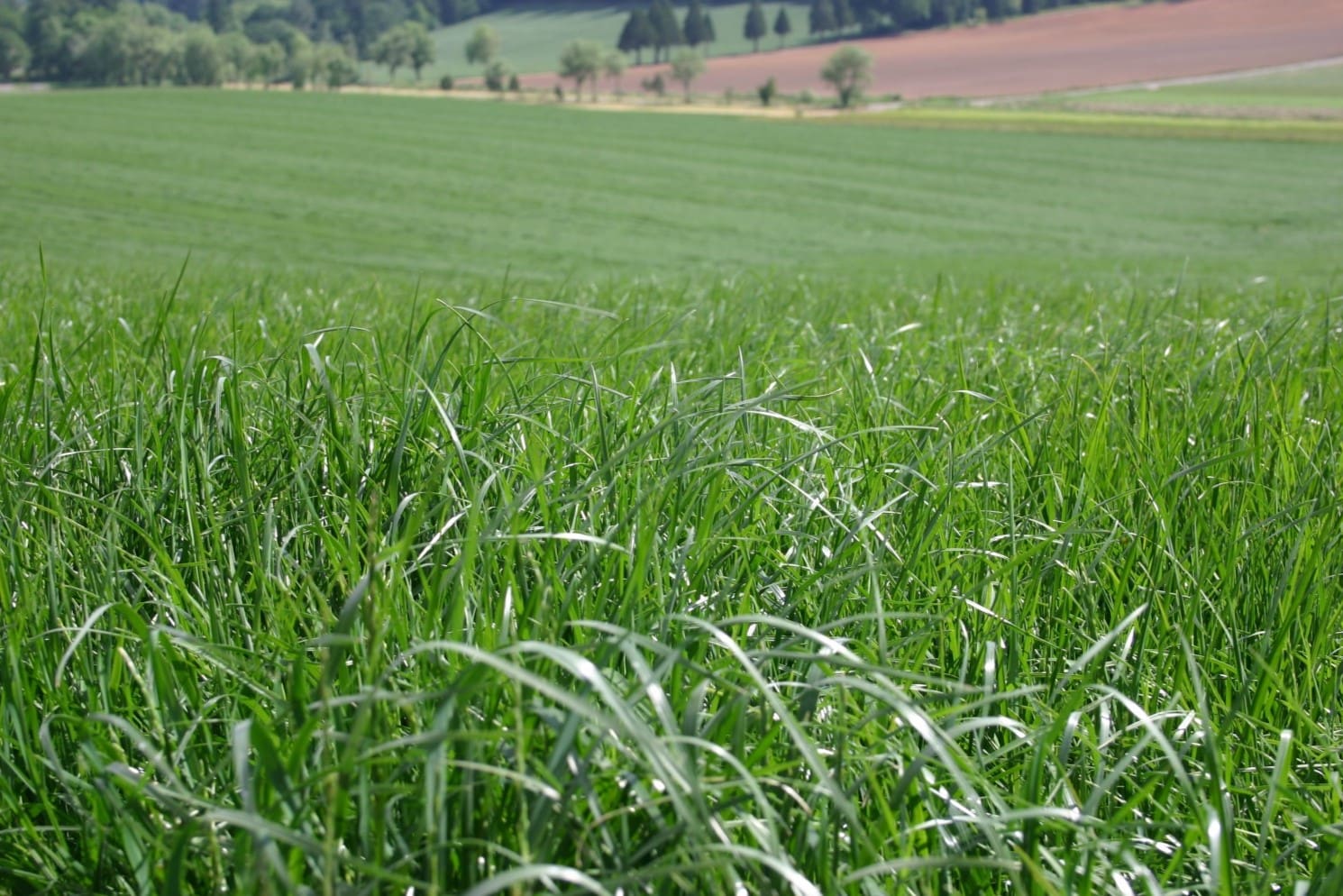
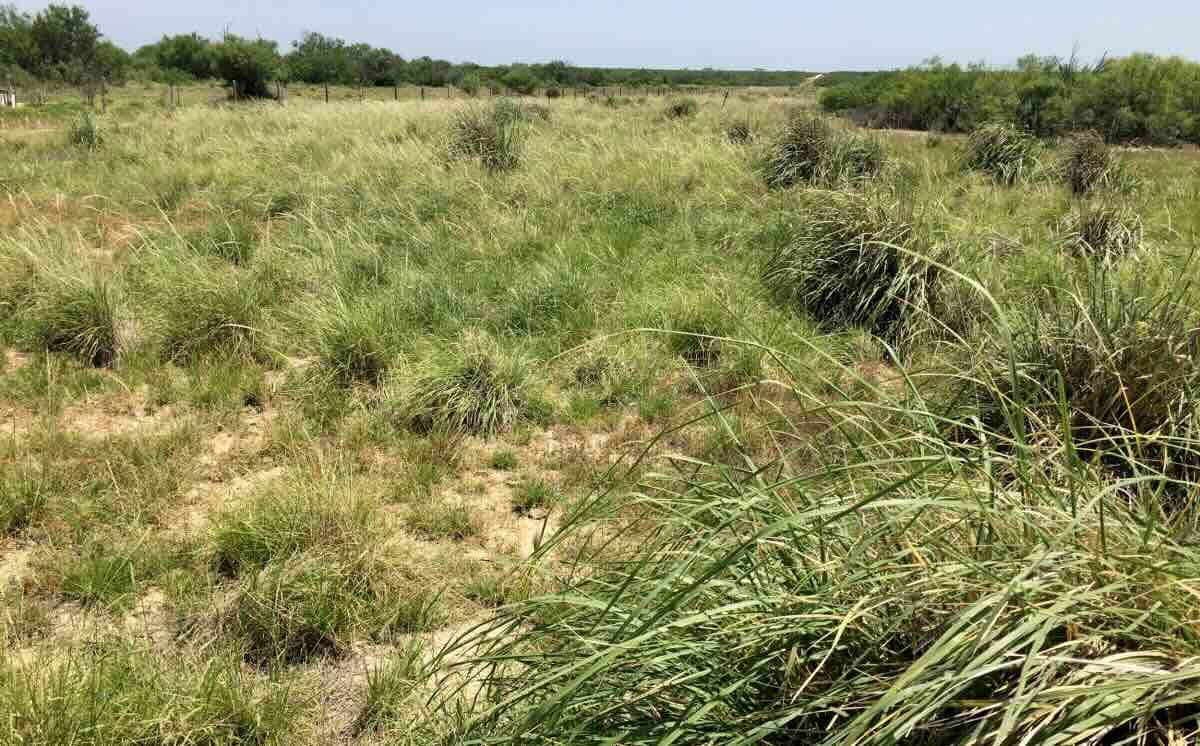

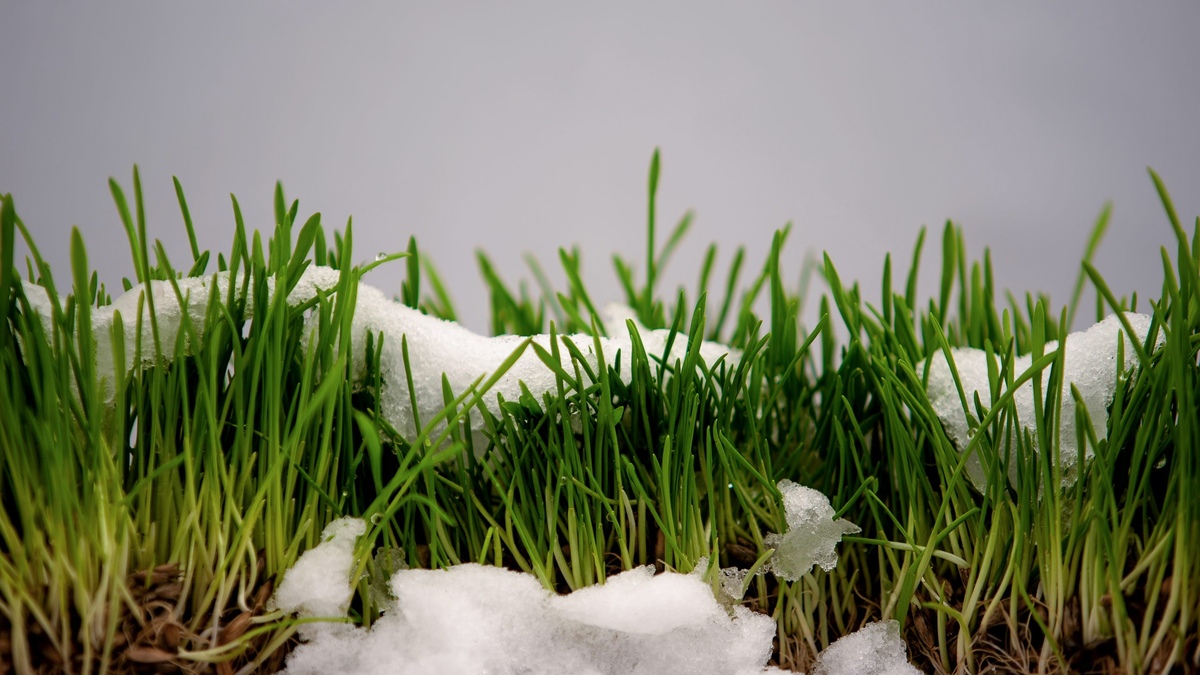

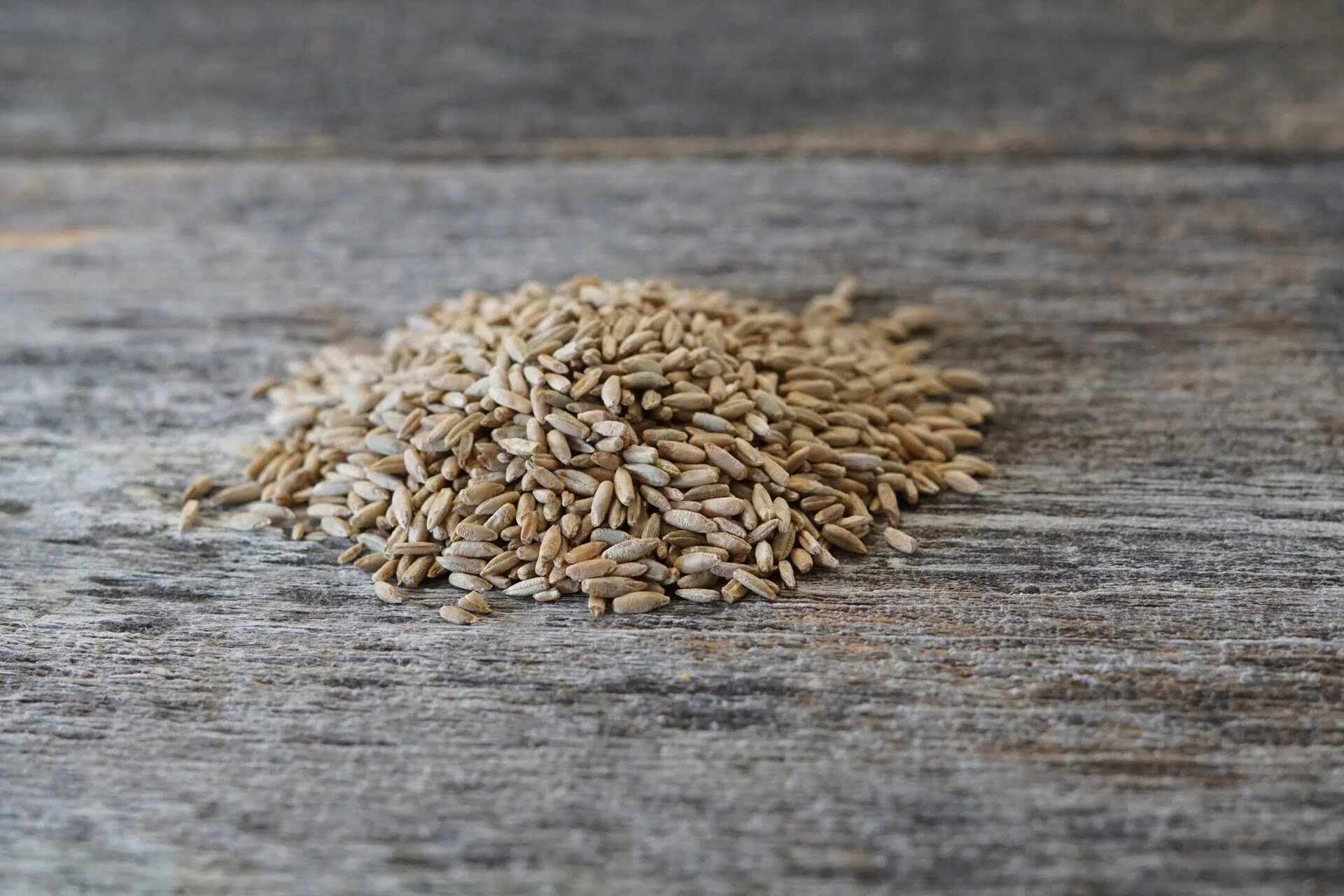
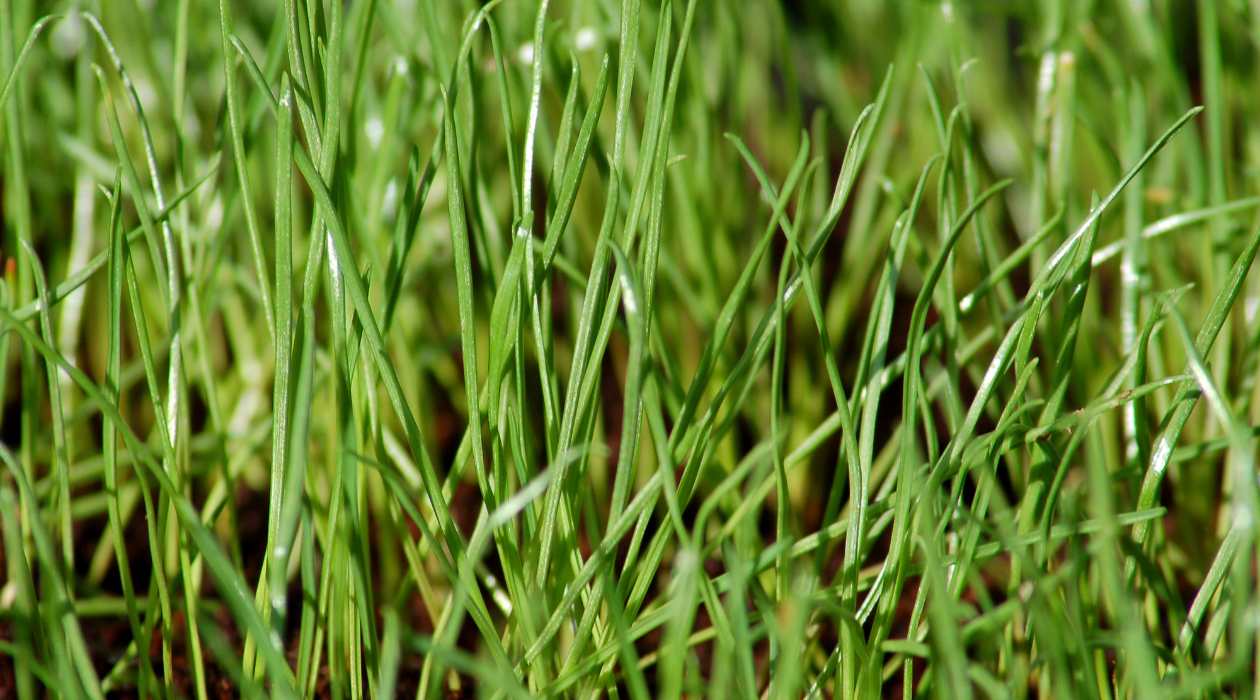
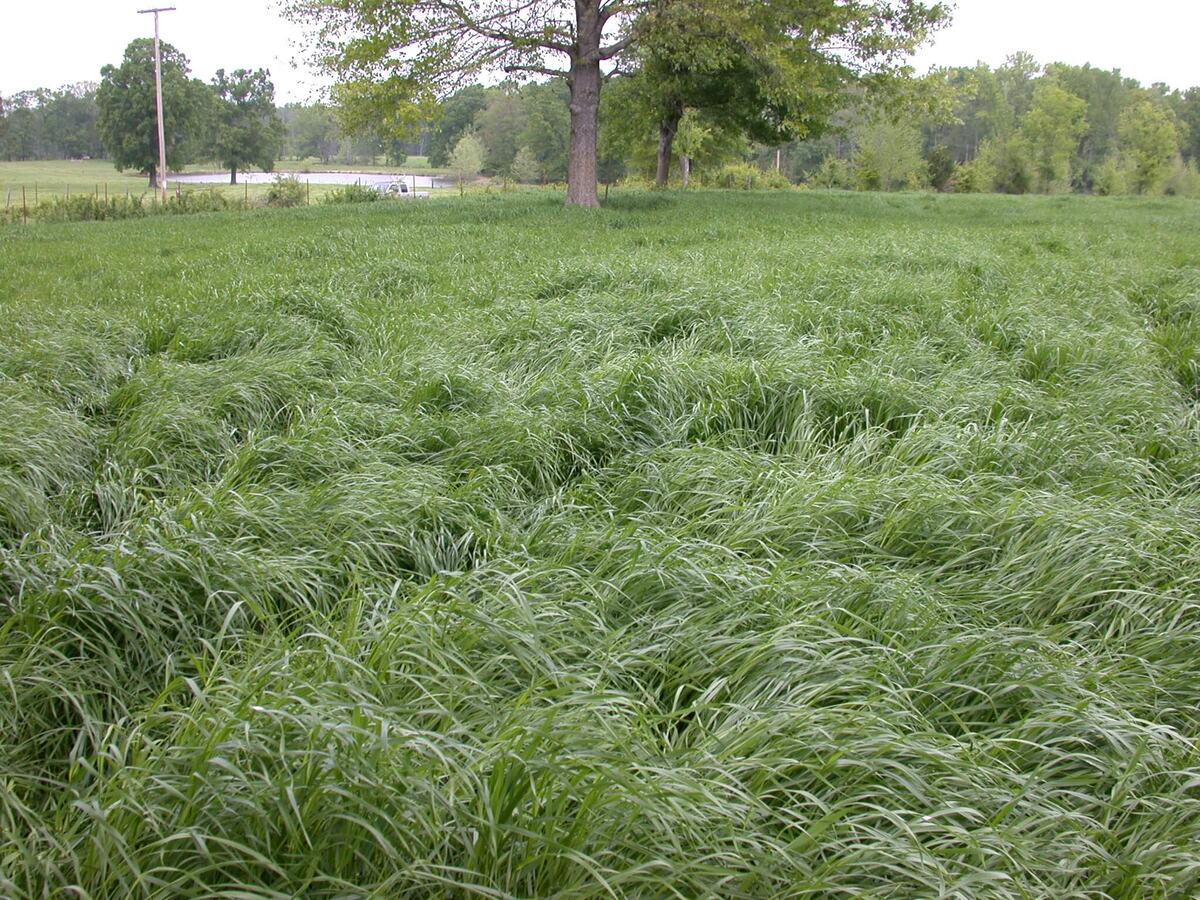

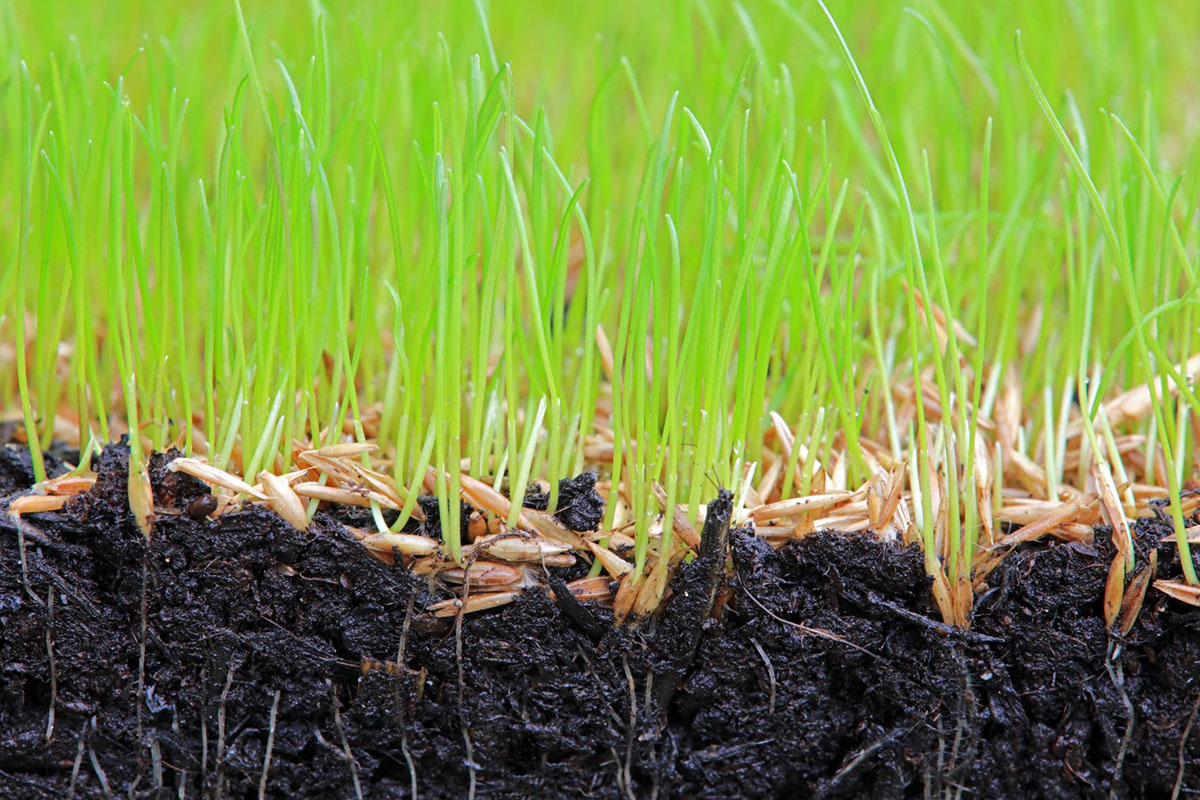
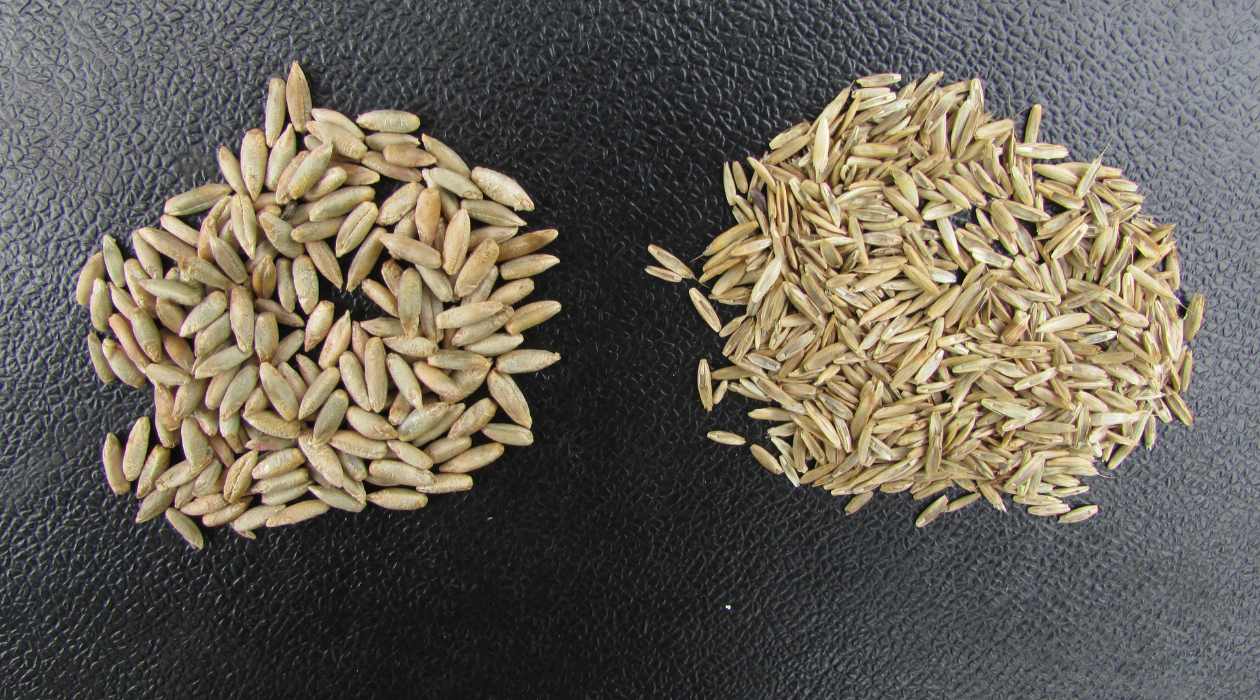
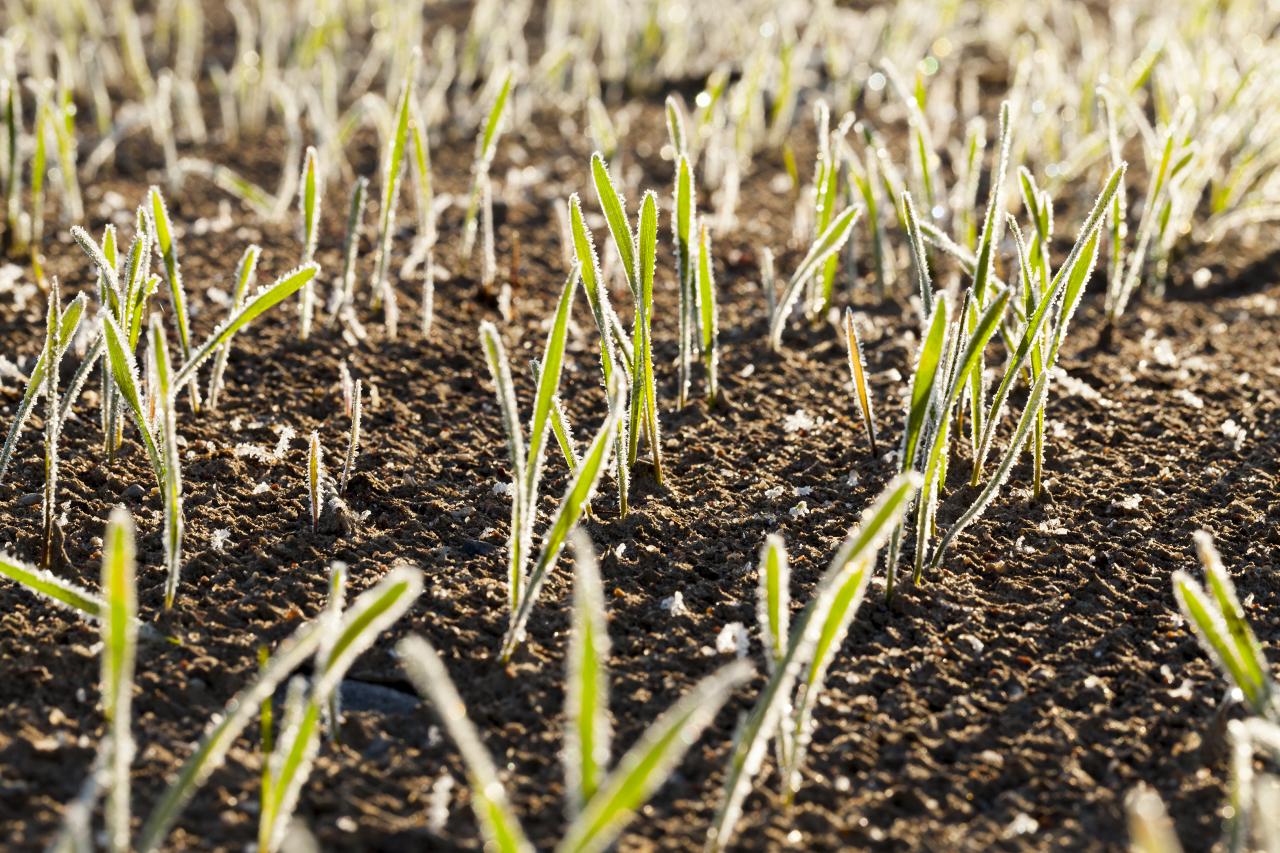
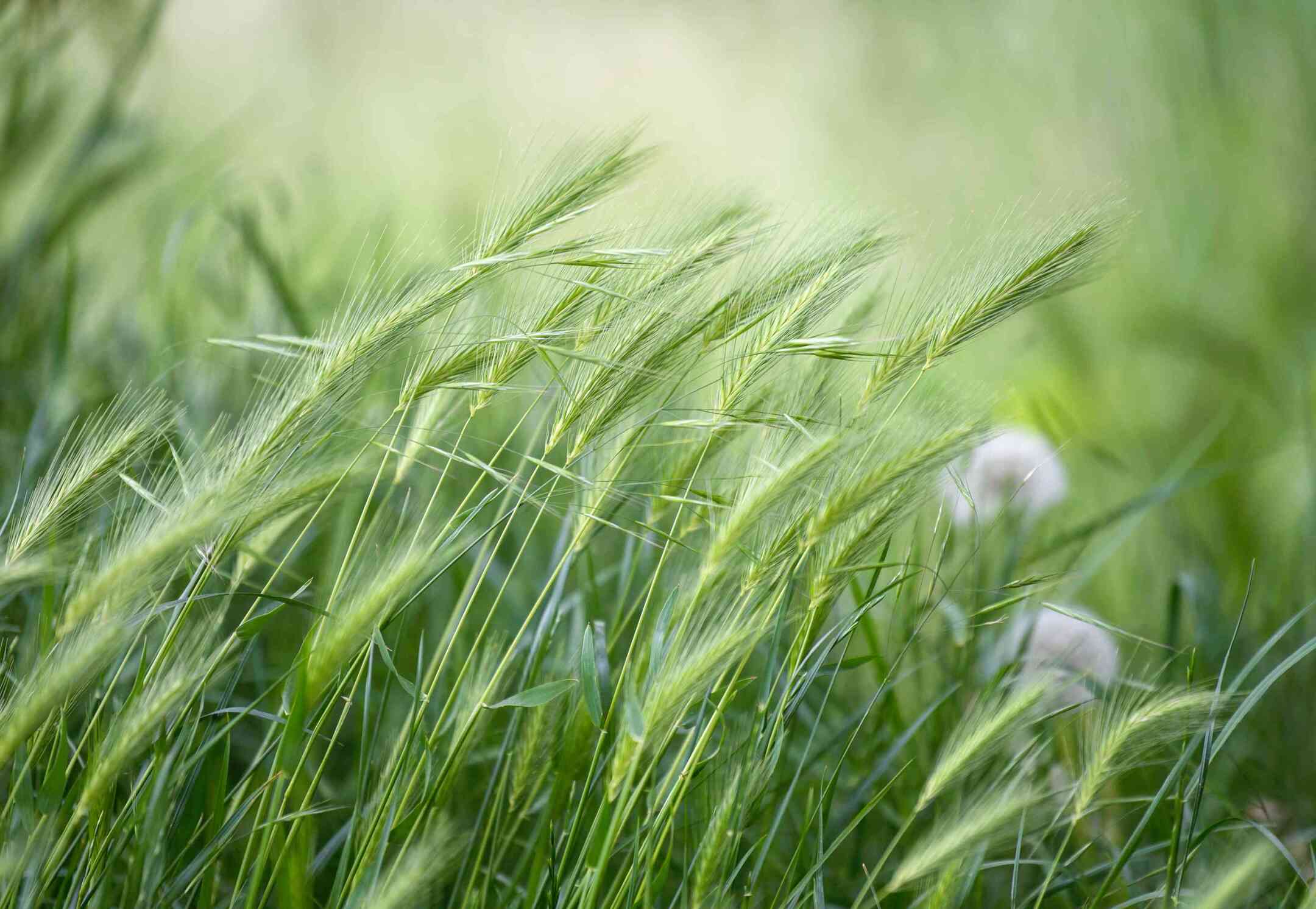
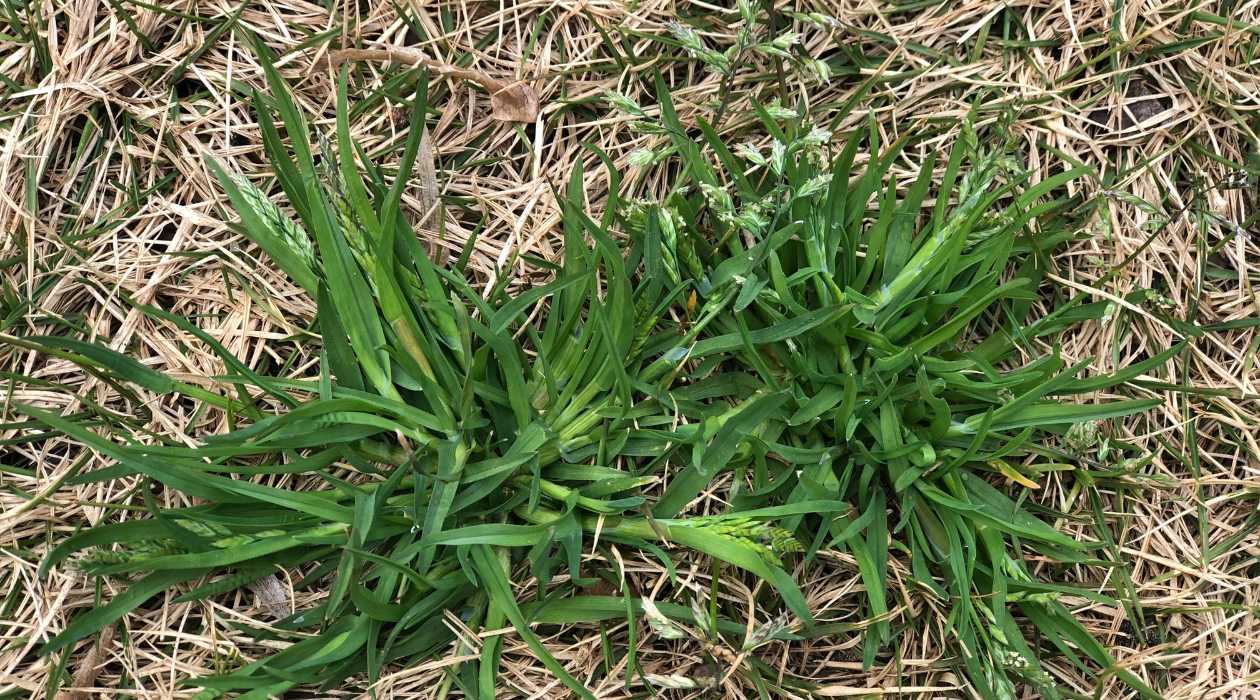

0 thoughts on “How To Plant Winter Rye Grass Seed”